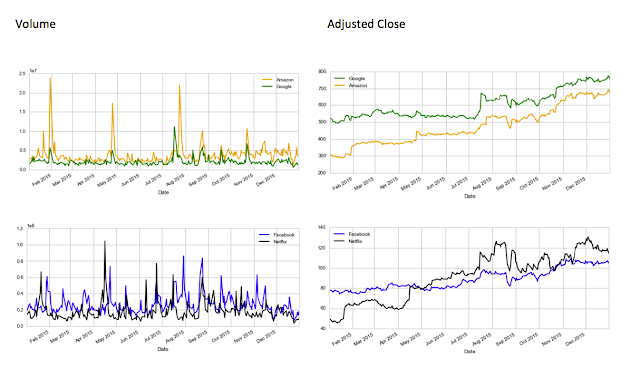Data tells you the secrets of extramarital affairs

Recently I found this interesting dataset about extramarital affair of women in 1974. The dataset was built under a survey and now is available to download via Pandas package in Python. Some interesting facts are discovered after pure data visualization. If you are interested in interactive dashboard, please click here .


